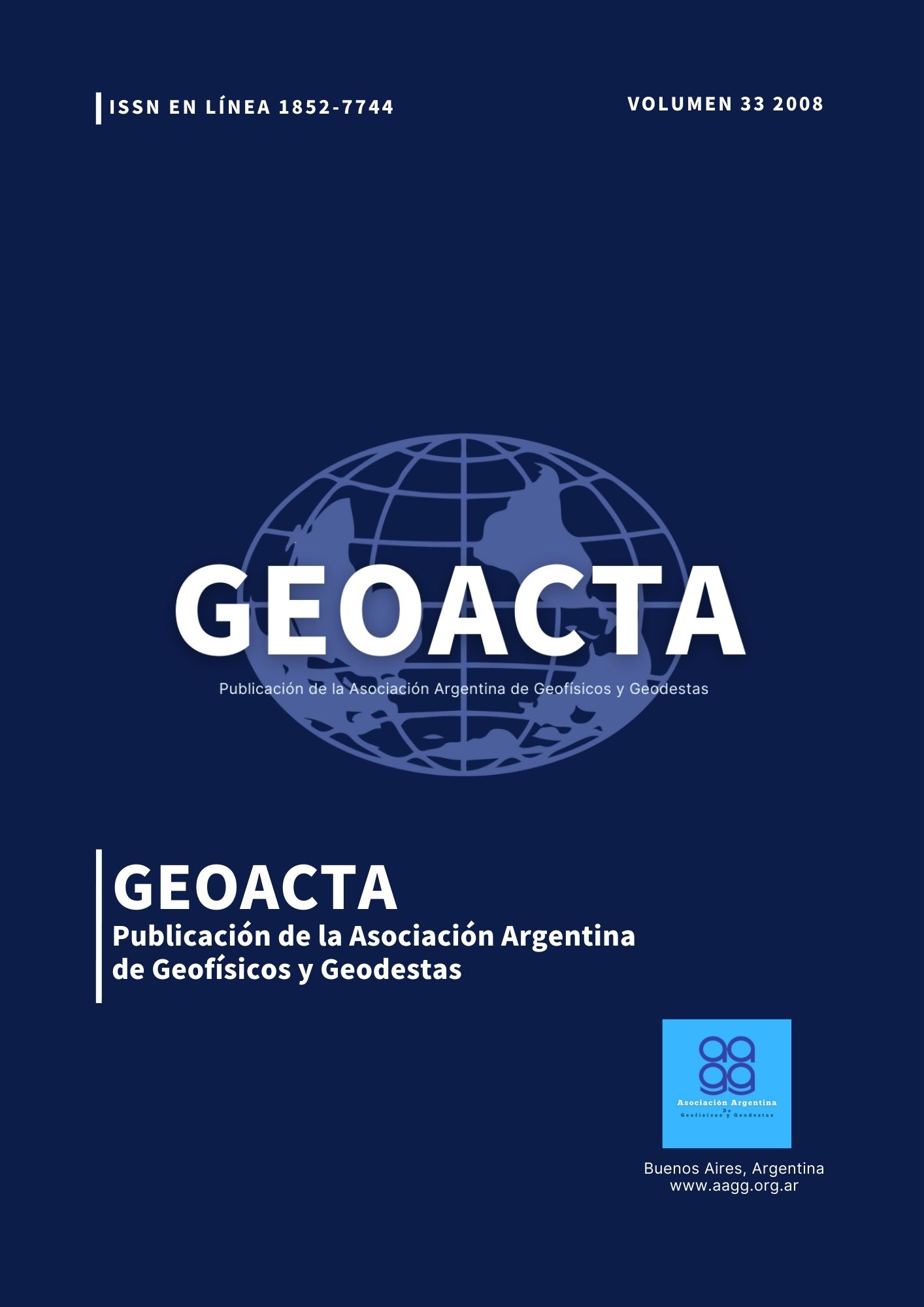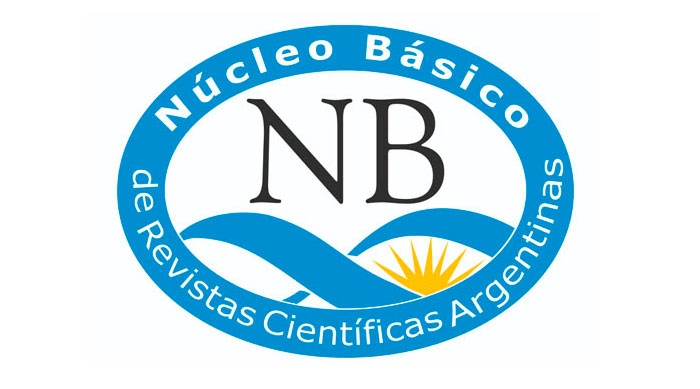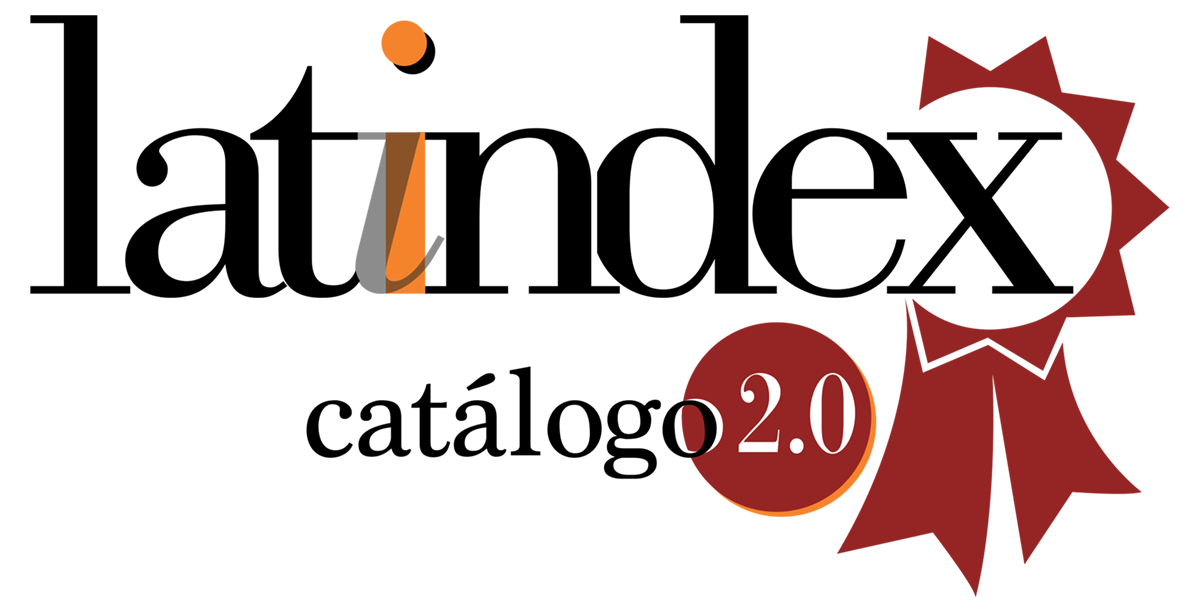La cartografía de Bahía Blanca en los paradigmas históricos
Keywords:
Cartography, Estuary, Bahía Blanca, HistoryAbstract
The surface of the Bahía Blanca estuary is 300 km2, whit a series of island, tidal flats, salt marshes and major parallel channel with minors ones connected to them. In 1520 the europeans explorers discover the estuary however, the field studies began 300 years later. The currents velocities associated to clay-silt sediments generate an intensive morphological dynamics of the flat and channels, where the presence of banks and island difficult the access to the estuary. These physical characteristics of the estuary plus the history studies of the region on generate late cartographic studies. At the present, the new environmental
paradigmas asocoated to the different geotechnologies permit to understand the morphology of the many and its later details cartography.
Downloads
References
Ángeles, G., 2001. Estudio Integrado del Estuario de Bahía Blanca. Tesis. Departamento de Geografía. Universidad Nacional del Sur.
Arrowsmith, J. A. (?); The Provinces of la Plata, the Banda Oriental del Uruguay and Chile (1:10000000); Arrowsmitn fl.1820-1830 Editor. Bartolomé Muñoz.
Azara, F. de, 1969. Viajes. por la América Meridional, 1ra Edición 1809, Paris. Madrid : Espasa-Calpe, 1969
Benoit, 1828. Carta de la Provincia de Buenos Aires.
Bróndolo, M., M. Campos, S. Zinger, O. Del Pozo, Mª. A. Lorda, 1994. Geografía de Bahía Blanca. Ed. Encestando.
Capela H y Geraldi, A., 2004 La Pampa: de territorio a frontera. Revista Universitaria de Geografía. Volumen 13- Nº 1 y 2 ,2004. 31-51
Del Carril, Bonifacio, 1957, "La expedición Malaspina en los mares americanos del sur", Boletín Centro Naval, número 635, Buenos Aires
Destéfani, L. H., 1978. El Rol Protagónico del mar. Sesquicentenario de Bahía Blanca. Ed. La Nueva Provincia. 63-69
Destéfani, L. H., 1995. Bahía Blanca. Primer relevamiento científico. Ideas Imágenes. Suplemento Cultural. Año 2 Nº 2. Ed. La Nueva Provincia. 63-69
Falkner, Tomás, 2004 Descripción de la Patagonia y de las partes contiguas de la América del Sur 1ra edición Londres 1774. Bs. As., Taurus 222 p
Ferns, H. S., 1969. La Argentina. Introducción histórica a sus problemas actuales. Ed. Sudamericana.
Funes Duriel, C., 1973. Historia del Partido y localidad de Coronel Dorrego. Ed. del autor. Coronel Dorrego.
Jiménez J., 2006. Comunicación personal. Biblioteca de Historia UNS-Departamento de Historia, UNS. jjiménez@uns.edu.ar
Kuhn, Tomas S., 1962. “La estructura de las revoluciones científicas”, Fondo de Cultura Económica, México.
Martinez Sierra R., 1975. El Mapa de las Pampas. Tomos I y II. Buenos Aires, 1975.
Melo, W. D., R. Schillizzi, Ma. C. Piccolo y G. M. E. Perillo, 2003. Influencia del área continental pampeana en la evolución morfológica del estuario de Bahía Blanca. Asociación Argentina de Sedimentología., Revista. Volumen 10. Nª 1, 39-2
Pastells P, 1920. “Descubriendo el estrecho de Magallanes” Madrid, en Pronsato, D. 1956 “Estudio sobre los orígenes y consolidación de Bahía Blanca” Biblioteca Rivadavia Bahía Blanca. 74pp
Penhos, Marta. “Pintar y dominar aldeas ajenas”. Diario Pagina 12, Sección Cultura, 22 enero 2006. 69
Rodriguez, C. A. 1998. El Puerto, protagonista de grandes cambios. En Cien años de periodismo.1 de agosto 1998.Talleres LNP Pp226-233
Roffman, A. y L. Romero, 1974. Sistema socioeconómico y estructura regional en la Argentina. Amorrotu Editores. 224pp
Downloads
Published
Issue
Section
License
Copyright (c) 2008 Walter D. Melo , María Cintia Píccolo, Gerardo M.E. Perillo

This work is licensed under a Creative Commons Attribution-NonCommercial-ShareAlike 4.0 International License.
Starting in 2022 (Vol. 43 number 2) articles will be published in the journal under a Creative Commons Attribution-NonCommercial-ShareAlike 4.0 International license (CC BY-NC-SA 4.0)
According to these terms, the material can be shared (copied and redistributed in any medium or format) and adapted (remixed, transformed and created from the material another work), provided that a) the authorship and the original source of its publication (journal and URL of the work), b) is not used for commercial purposes and c) the same license terms are maintained.
Prior to this date the articles were published in the journal under a Creative Commons Attribution license (CC BY)
In both cases, the acceptance of the originals by the journal implies the non-exclusive assignment of the economic rights of the authors in favor of the editor, who allows reuse, after editing (postprint), under the license that corresponds according to the edition.
Such assignment means, on the one hand, that after its publication (postprint) in the GEOACTA Magazine of the Association of Geophysicists and Geodesists, the authors can publish their work in any language, medium and format (in such cases, it is requested that it be recorded that the material was originally published in this journal); on the other, the authorization of the authors for the work to be harvested by SEDICI, the institutional repository of the National University of La Plata, and to be disseminated in the databases that the editorial team considers appropriate to increase visibility. of the publication and its authors.
Likewise, the journal encourages the authors so that after their publication in the Journal of the Association of Geophysicists and Geodesists, they deposit their productions in other institutional and thematic repositories, under the principle that offering society scientific production and Unrestricted academic scholarship contributes to a greater exchange of global knowledge.




















